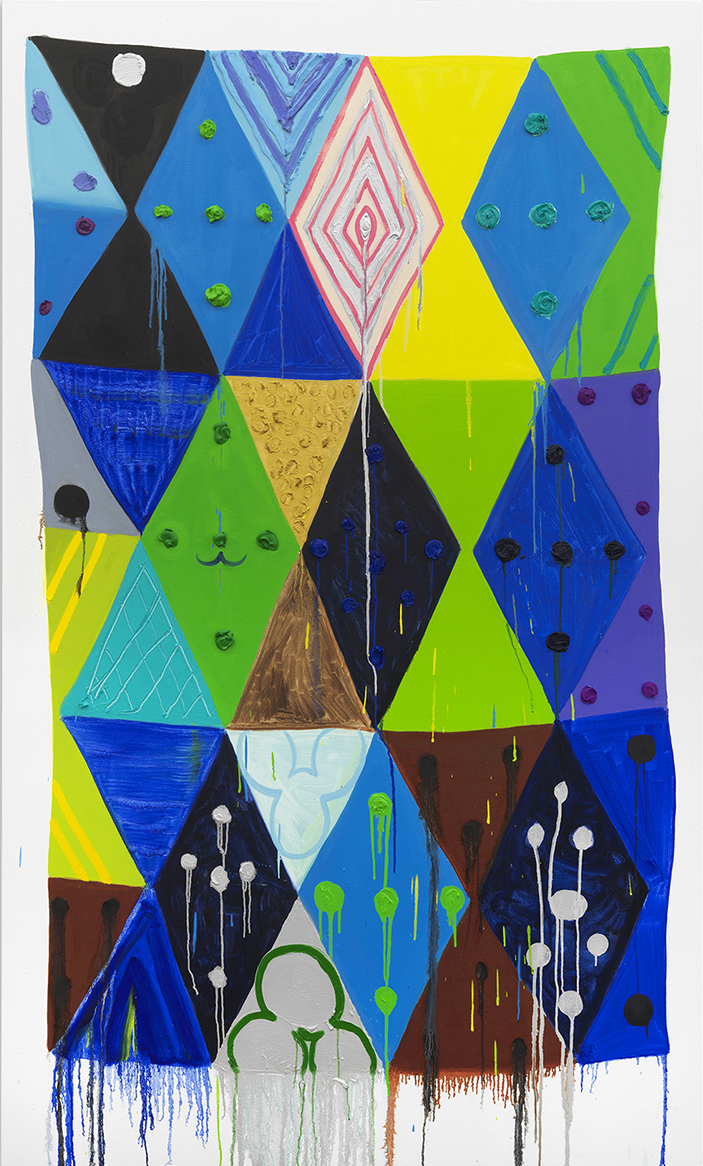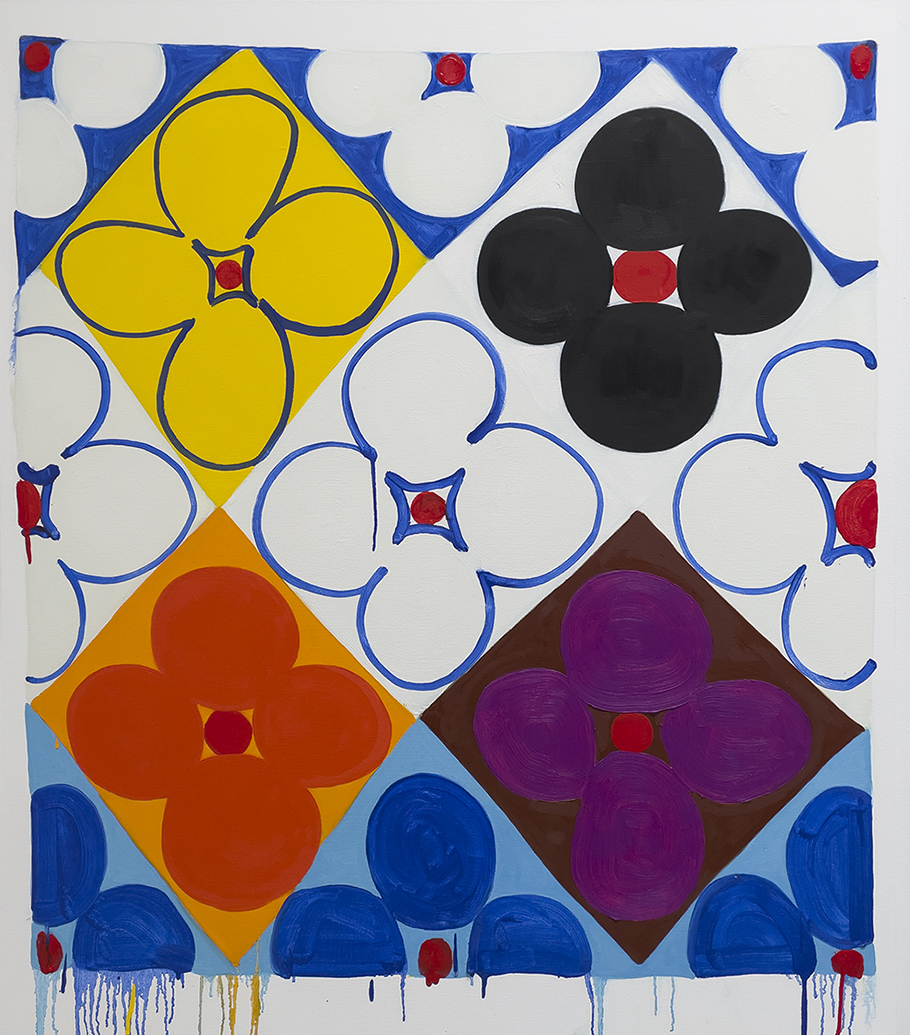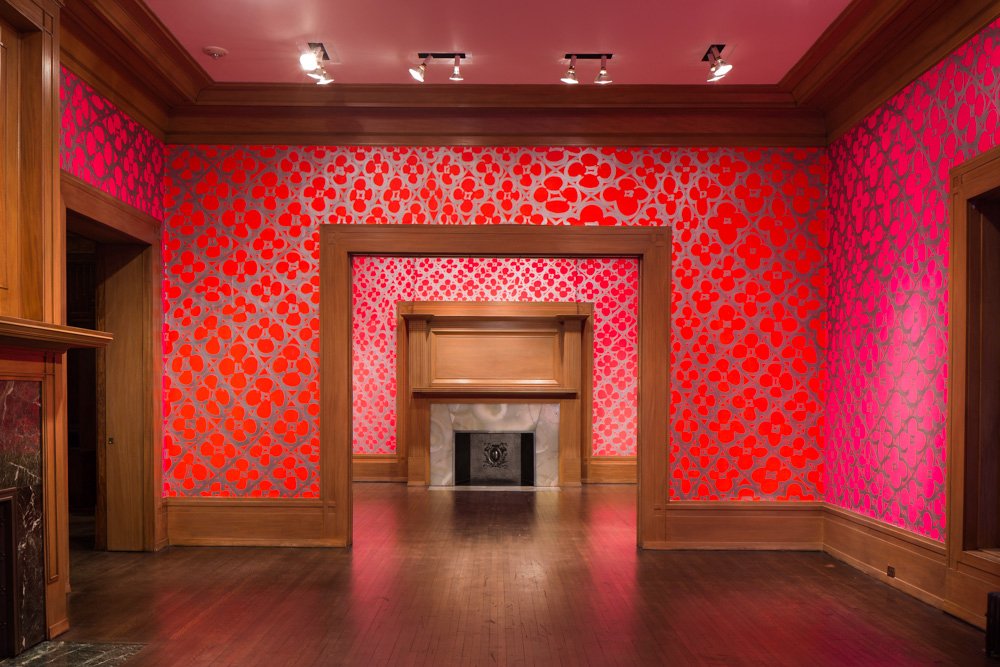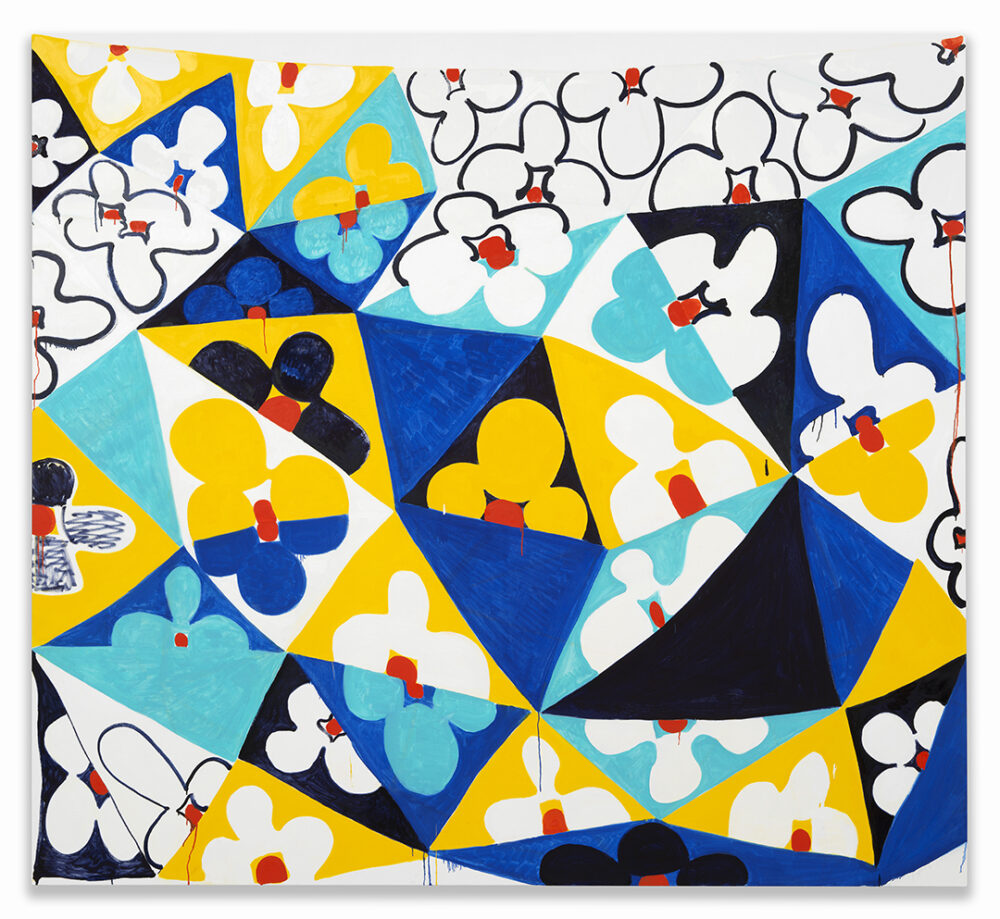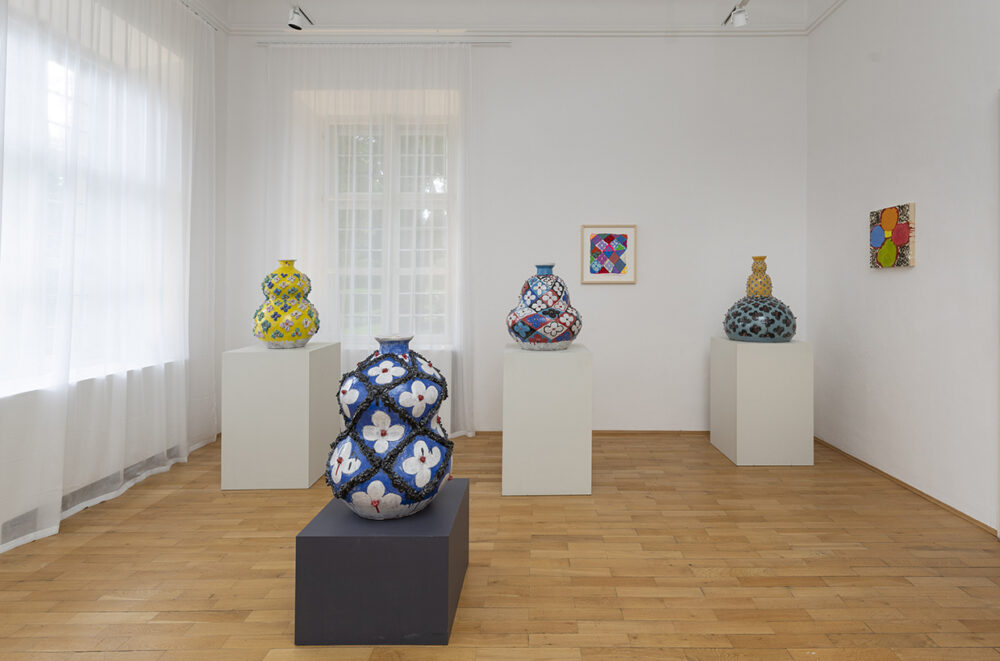Judy has an upcoming solo exhibition, Sunny at Denny Dimin Gallery New York. On view January 7- Febuary 11, 2023.
Judy Ledgerwood (b. 1959) is a painter and ceramicist. She received a BFA from the Art Academy of Cincinnati and an MFA from the School of the Art Institute of Chicago. She has held numerous solo exhibitions including at the Art Institute of Chicago, Graham Foundation for the Advanced Study of Fine Arts, Smart Museum of Art, Tracy Williams Ltd, Hausler Contemporary, and Rhona Hoffman Gallery, among many others. She is the recipient of several awards including The Richard H. Driehaus Foundation Award, Artadia Award, a Tiffany Award in the Visual Arts, a National Endowment for the Arts Award, and an Illinois Art Council Award. Her work is included in prominent public collections including the Art Institute of Chicago, the Metropolitan Museum of Art, the Museum of Contemporary Art Los Angeles, the Milwaukee Museum of Art, the Hammer Museum of Art, The St. Gallen Museum of Art and the MCA Chicago, among others. Judy Ledgerwood is represented by Rhona Hoffman Gallery in Chicago, 1301PE Gallery in Los Angeles, Denny Dimin Gallery New York &Hong Kong and by Hausler Contemporary in Zurich.
“In an era dominated by an interaction with screens, my paintings, wall painting installations and ceramics reward a first-person viewing experience in real time and actual space. Paintings that engage viewer attention over time can be immediate as well as complex, and the theatrical viewing experience presents the opportunity to engage the viewer in phenomenological and perceptual discovery. My paintings engage the viewer immediately and encourage prolonged viewing sustainable over time.
The immediate physical power of architecture is one of the biggest challenges faced by painters working two-dimensionally. My work addresses the relationship between pictorial space and physical space in a way not unlike color field painting. I do not decorate the surface or supplement architecture. The viewer’s attention is held within the edges of the frame within the field paintings and in the center of symmetrical composition single flower/quatrefoil paintings. My paintings are flat. They activate the space between the painting and the viewer utilizing optical color interactions, direct mark making, and textured surfaces. Each painting is scaled to the human body and uses a one-to-one mode of address. As paintings that mirror the body often do, my paintings promote self-awareness.
The quatrefoil has four circles connected to make a flower. The cruciform shape suggests the four cardinal points, the Venus of Willendorf or the arms of the Eastern Orthodox cross. Carl Jung says the quatrefoil alludes to the four fundamental human activities—sensing, feeling, thinking, intuiting, all pointing toward the center of wholeness like a mandala. The motif is Feminist. The flower is the least powerful form and has been activated in relation to the viewer. These shapes are not passive or decorative, but at once define and disrupt space. Each individual color responds to the effects of ambient light and viewer movement uniquely, at times disjunctively. Sometimes color interactions are subtle, while at other times boldly unsettling, utilizing retinal fatigue and fleeting after-images—uncontrollable experiences that contradict the pseudo-mechanical repetitive organization within the edges of the paintings. These effects often are not apparent at first glance and sustain a second look. Visual order is disrupted by the clearly hand-drawn, non-mechanical nature of the repetitive motifs and is further undone by color inter-play. Disruptions of order are experienced physically, in a direct challenge to the authority architecture gains by sharing three-dimensionality with our bodies in real time and space. The shape of the outer contours of the painting itself—as defined by the edge that is painted, rather than the edge of the stretcher, its architectural support—asserts the primacy of the painting over the architectural space. That shape, with its drooping irregular edges, hangs on its canvas support as if it were the wall it imitates.
My paintings claim the dominant position in the room. Using my body as measurement, I create paintings that emphasize incompleteness, imperfection, and a condition of beauty offset by awkwardness, similar to ideas in the Japanese aesthetic known as wabi sabi. Attention to the fragility of experience corresponds to a Feminist notion of an embodied experiential as political.”


